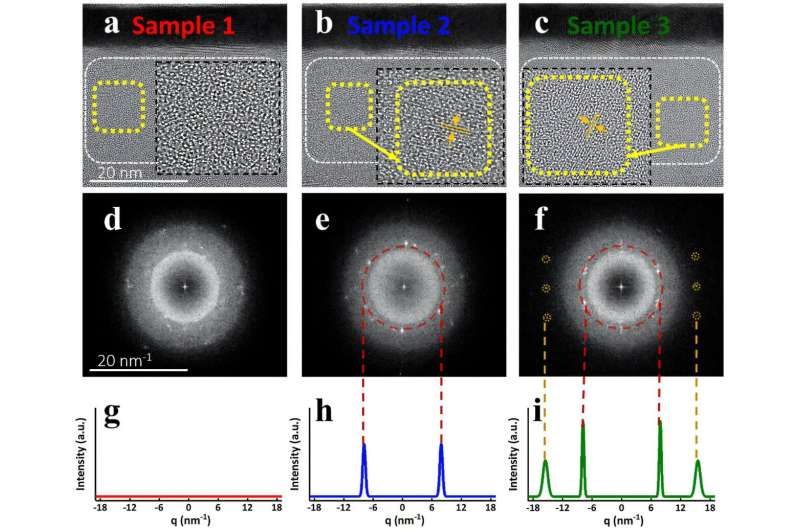Sometimes, the world of materials science reveals hidden treasures that could change our understanding of technology and nature. A recent breakthrough involving vanadium oxide has unveiled its unique ability to behave like a magnet, a property previously overlooked. Let’s dive into this fascinating discovery and explore how it opens new doors in magnetic materials.

A dedicated research team led by Professor Chun-Yeol You from the Department of Physics and Chemistry at DGIST made an exciting discovery—the ability to induce ferromagnetism in pure vanadium oxide (VO). This compound, typically known for its dramatic metal-insulator transition based on temperature changes, had not been associated with magnetic behavior before.
The scientists explored a simple yet groundbreaking concept: Could they fine-tune the oxidation state of vanadium ions to elicit magnetic properties without introducing external factors like doping or structural changes? To do this, they meticulously deposited thin layers of metallic vanadium and adjusted the oxidation levels, crafting films with distinct characteristics.
The results were fascinating. As the oxidation states decreased, the ferromagnetic properties of the material became more pronounced. Interestingly, the magic happened when different oxidation states coexisted—specifically, when Vanadium (III) and Vanadium (IV) were present together. The ferromagnetism appeared in localized areas, aligning harmoniously with theoretical predictions from Density Functional Theory (DFT), adding credibility to their findings.
This shifts previous understandings significantly. Traditionally, it was thought that attaining ferromagnetism in vanadium oxide relied heavily on external modifications. Now, this research reveals that simply controlling oxidation can achieve this remarkable transformation—a real game changer in the world of materials science.
Professor You shared his enthusiasm, stating, “We confirmed that the mixed valence state of vanadium ions is crucial for generating ferromagnetism, which can be expertly manipulated through oxidation control. These insights lay the groundwork for designing advanced magnetic materials, setting a solid foundation for future innovations in information technology.”
More information:
Kwonjin Park et al, Control of Ferromagnetism of Vanadium Oxide Thin Films by Oxidation States, Advanced Functional Materials (2025). DOI: 10.1002/adfm.202422966
If you would like to see similar science posts like this, click here & share this article with your friends!

